About Thailand
 Location :
Location :The Kingdom of Thailand covers an area of 514,000 square kilometers and lies in the heart of Southeast Asia, roughly equidistant between India and China. It shares borders with Myanmar to the west and north, Laos to the northeast, Cambodia to the east and Malaysia to the south.
Topographically the country is divided into four distinct areas: the mountainous north, fertile central plains, semiarid plateau of the northeast and peninsula of the south – distinguished by its many beautiful tropical beaches and offshore islands.
Climate : Thailand has a tropical climate with three distinct seasons: hot (March through May with average temperature in the upper 90s), rainy (June through October with the temperature averaging in the 80s) and cool (November through February with average temperature in the 70s or low 80s). In the north, during cool season, temperatures can be as low as the 40s during the day. The southern part of the country has intermittent showers year-round
 About Chiang Mai and Northern Thailand
About Chiang Mai and Northern ThailandChiang Mai is the hub of Northern Thailand. With a population of over 170,000 in the city proper (but more than 1 million in the metropolitan area), it is Thailand's fifth-largest city. Located on a plain at an elevation of 316 m, surrounded by mountains and lush countryside, it is much greener and quieter than the capital, and has a cosmopolitan air and a significant expat population, factors which have led many from Bangkok to settle permanently in this "Rose of the North".
Understand : Founded in 1296 AD, Chiang Mai is a culturally and historically interesting city, at one time the capital of the ancient Lanna kingdom. Located among the rolling foothills of the Himalayan Mountains 700 km north of Bangkok, it could only be reached by an arduous river journey or an elephant back trip until the 1920s. This isolation helped preserve Chiang Mai's distinctive charm intact to this day.
Culture : The north of Thailand's culture is Lanna in origin and the people are very proud of their northern roots. The region is home to distinctly different food, music, arts, way of life and even language. Chiang Mai is also a melting pot of hill tribes and their own unique cultures. Maintaining their traditional life-styles, the six major hill-tribes of the Karen, Yao, Hmong, Lisu, Lahu and Akha, live in relative isolation independent from Thai society. All of them, in their villages anyway, still wear their unique dresses, speak their own dialect and eat their own food.
Akha. Originating from Tibet and Southern China, they dwell on high grounds around 1,200 meters above sea-level. Within their villages they build a Spirit Gateway to protect them from evil spirits.
Lahu are also from the Yunnese area and live in high areas. They are known as hunters and planters.
Karen live in various areas of the region which have valleys and riverbanks.
Hmong from southern China are located on high land. They raise livestock and grow rice, corn, tobacco and cabbage. They are also known for their embroidery and silver.
Lisu from southern China and Tibet are renowned for their colorful dress and also build their dwellings on high poles. They harvest rice and corn and their men are skilled in hunting.
Yao reside along mountain sides and grow corn and other crops. They are skilled blacksmiths, silversmiths and embroiders.
Chiang Mai is renowned as one of the world's top centers for the cottage industry.
The area is a haven for traditional handicrafts made by craftsmen using skills which have been down through countless generations. They include: silverware, lacquerware, celadon pottery, silk and cotton, hand-painted paper umbrellas and more. For those interested they will have a fantastic time shopping.
Climate and travelling all year round.
The best time of the year to see the winter of Chiang Mai is from November to February where the weather is super-fresh and crispy and all the province's renowned flowers are out in full bloom. In fact, in the mountainous areas temperatures can dip down to freezing point. It doesn't snow, but sleet is known to drop at times.
One of the best times to visit Chiang Mai during the summer period is at Songkran in April (Thai New Year) as the town is synonymous with Songkran tradition, color and fun. During the hot season March to June temperatures especially in the city are high, going up to the high 30s.
The rainy season in north is from July to October and trekking is excellent for those who love adventure, exploring green nature. It is not only quietter since there are fewer tourists, allowing you to experience another corner of this remote country, but it is also a very good time to relax! At night the temperatures remain delightfully cool. From July to October there is a lot of rain but since the climate is tropical, the rain falls in quick heavy but short downpours.

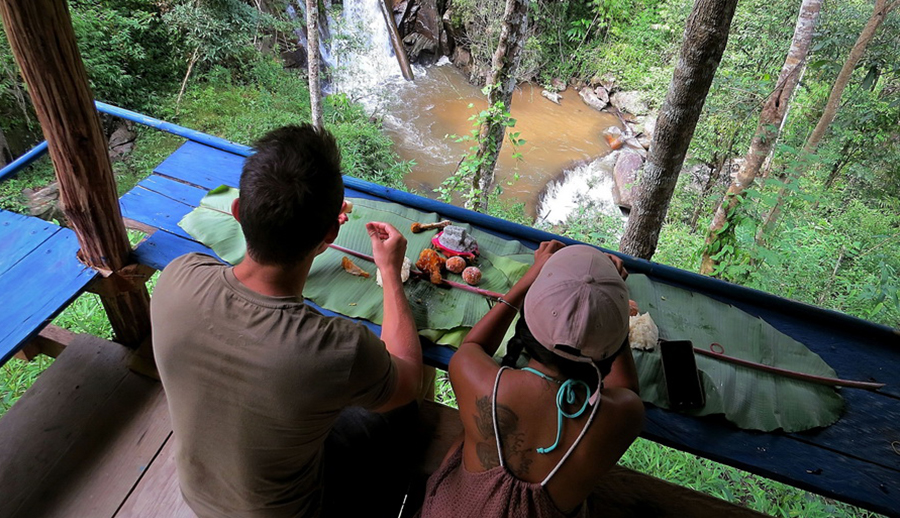
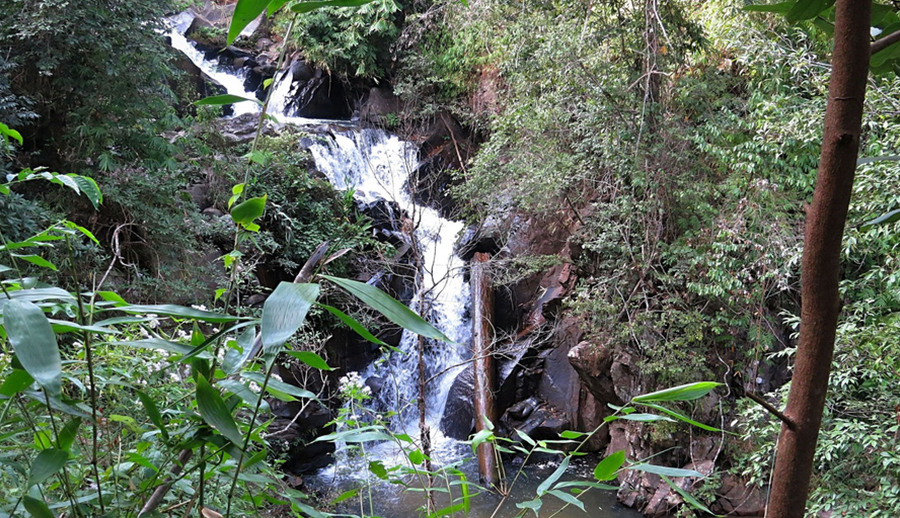
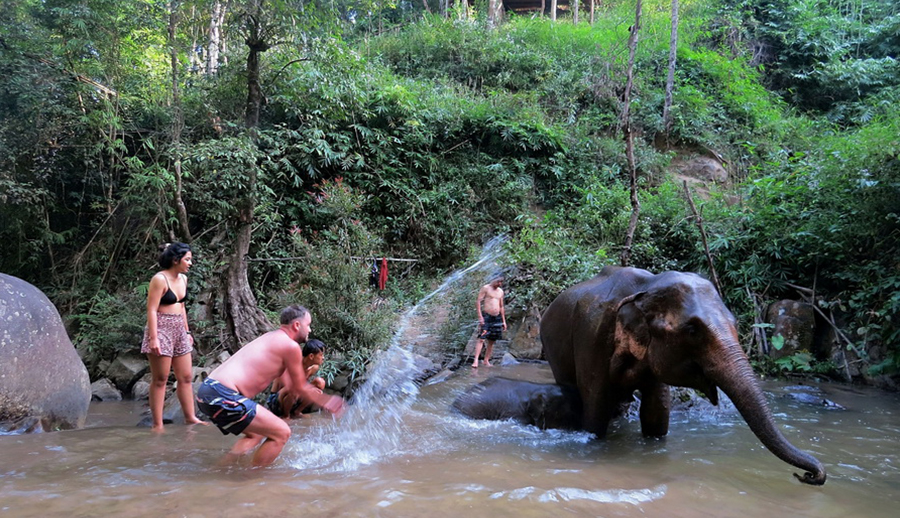
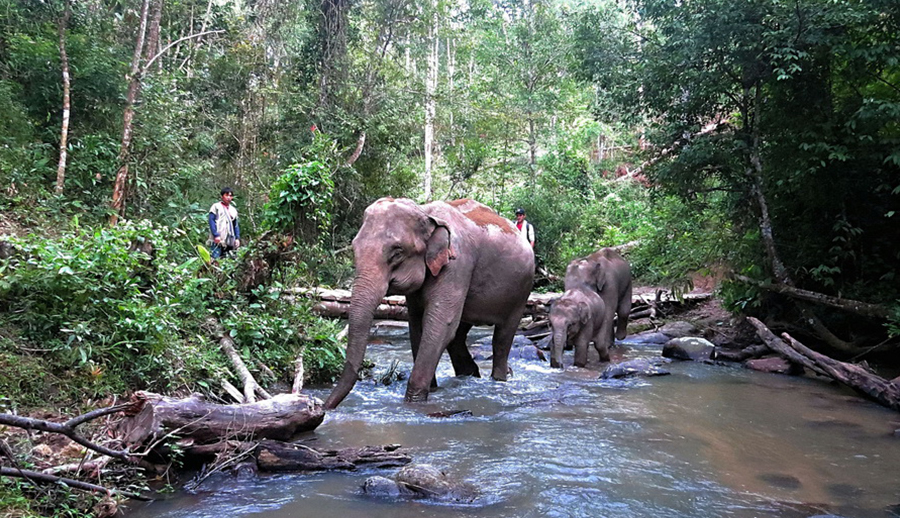
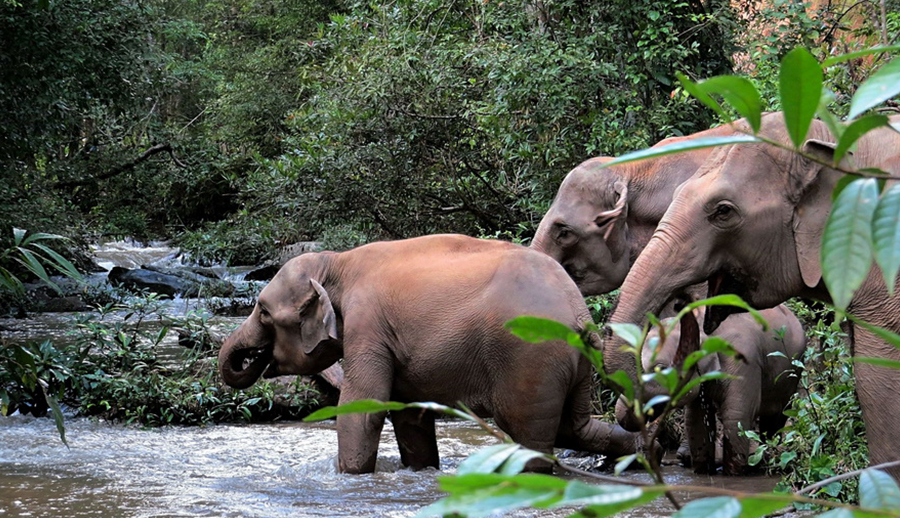
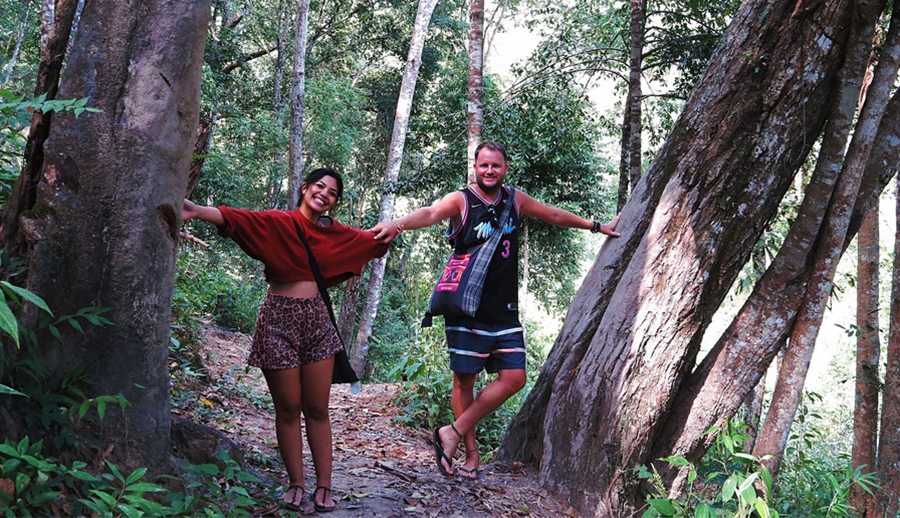
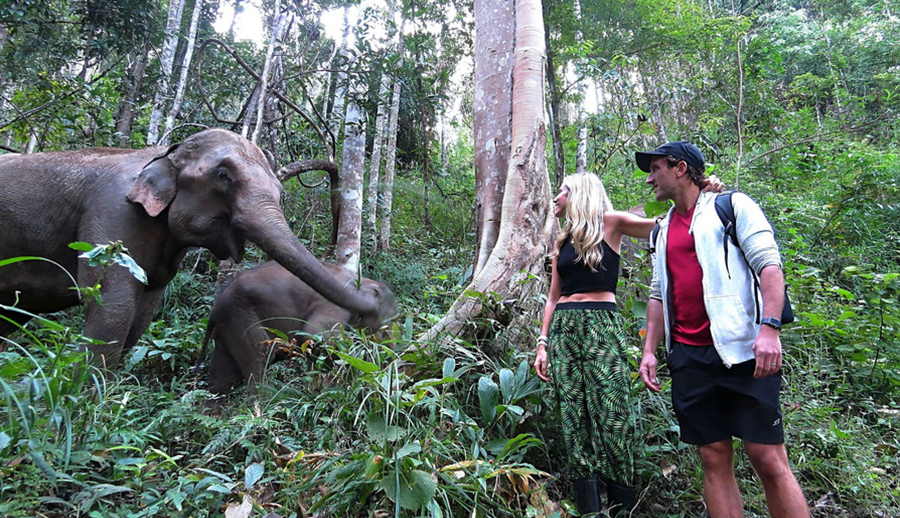

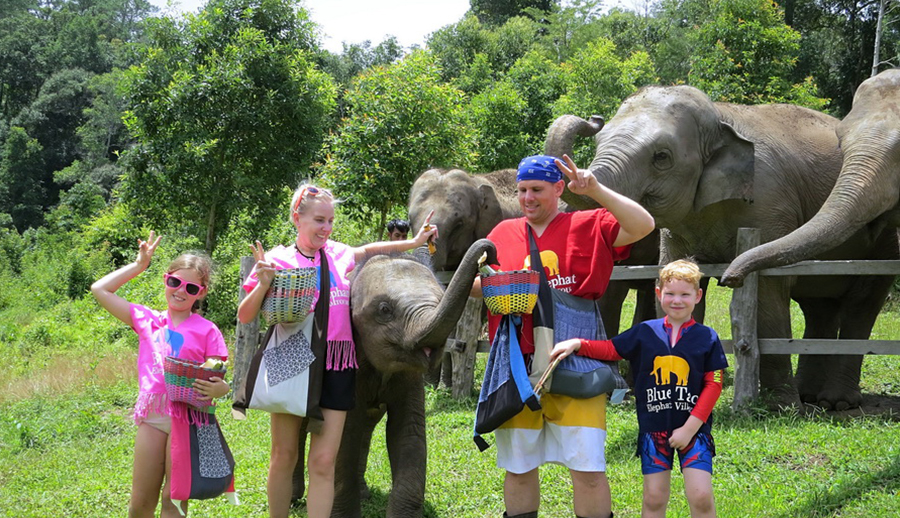
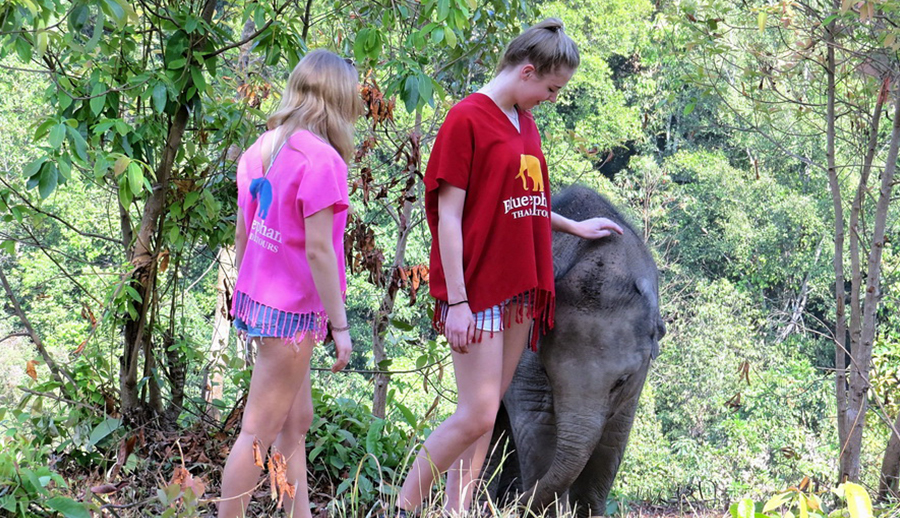
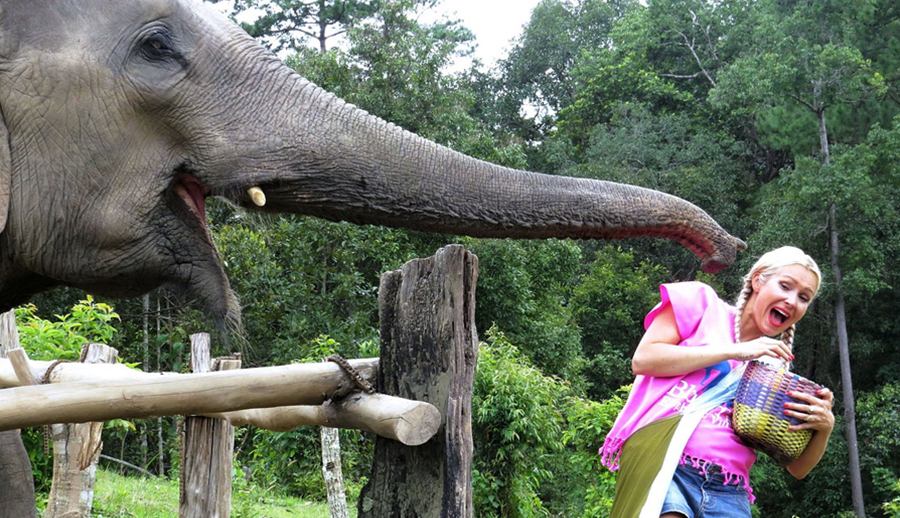




 English
English
 Español
Español



